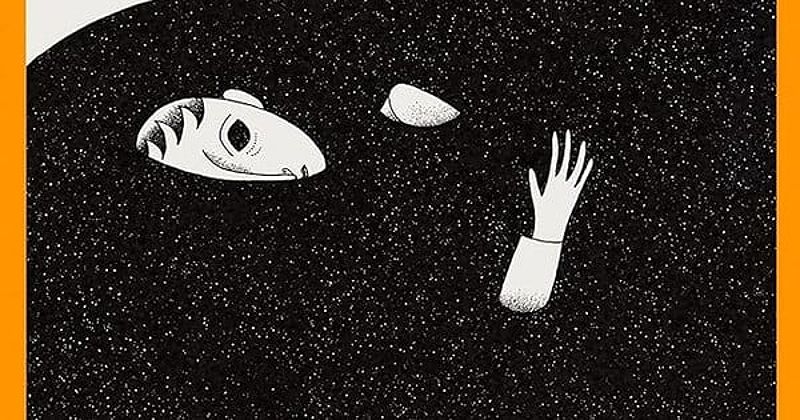Exploring Franz Kafka’s Works through Manga: A Unique Perspective

Discover a unique adaptation of Franz Kafka’s short stories through a visually captivating manga. Experience the essence of Kafka’s narratives while enjoying the distinctive artistic style and interpretation. A must-read for fans of manga and Kafka alike.
Exploring Franz Kafka’s Works through Manga: A Unique Perspective
Discover a unique adaptation of Franz Kafka’s short stories through a visually captivating manga. Experience the essence of Kafka’s narratives while enjoying the distinctive artistic style and interpretation. A must-read for fans of manga and Kafka alike.

( Credit to: Animenewsnetwork )
Adapting Kafka’s Stories: Capturing the Essence
Kyōdai Nishioka’s manga adaptation features nine of Kafka’s short stories, including the iconic “The Metamorphosis” and “The Vulture.” The artwork faithfully captures the essence of Kafka’s prose, ensuring that the stories retain their original impact. The manga cleverly sidesteps the challenge of visually depicting Gregor’s transformation in “The Metamorphosis,” respecting Kafka’s aversion to such representations. Instead, the adaptation focuses on other characters, backgrounds, and symbolic imagery to convey the story’s intent.
The manga’s artistic style and interpretation provide a fresh and engaging perspective. The absence of speech bubbles, replaced by text boxes and overlaid dialogue, adds a distinct reading-aloud quality. The heavy lines, exaggerated shapes, and blocky patterns create a fascinating and almost folkloric aesthetic. The use of light and dark shades enhances the visual experience, evoking a woodcut feel.
Each story in the manga offers multiple interpretations, encouraging readers to engage with Kafka’s thought-provoking narratives. “The Bucket Knight” takes a fantastical approach, employing literary fairy tale imagery to convey a sense of isolation and abandonment. “Jackals and Arabs” utilizes folkloric art to enhance the story’s allegorical elements. The depiction of animals in various stories further distances the narratives from everyday reality, adding depth and complexity.
Translation and Reading Experience: Faithful to Kafka’s Intent
The manga adaptation seamlessly captures the essence of Kafka’s works, thanks to translator David Yang’s skillful translation. Yang’s afterword sheds light on the translation process, revealing the multiple translations Kafka’s original German text underwent before reaching its English form. Despite this linguistic chain, the manga adaptation remains faithful to Kafka’s intent, allowing readers to experience the stories in a way that preserves the original author’s vision.
Reading the manga adaptation of Kafka’s works offers a fresh and engaging perspective. The fusion of visual art and literary storytelling provides a unique reading experience that complements Kafka’s narratives. Whether readers are familiar with Kafka’s works or encountering them for the first time, this manga adaptation is a must-read for those seeking a different artistic angle or exploring manga adaptations of Western literature.
Conclusion: A Captivating and Thought-Provoking Adaptation
Pushkin Press’s manga adaptation of Franz Kafka’s works is a commendable endeavor. Kyōdai Nishioka’s unique artistic style and interpretation, combined with David Yang’s faithful translation, provide a visually captivating and thought-provoking reading experience. Through this manga, readers can delve into Kafka’s influential narratives in a fresh and engaging way. Whether you are a fan of manga, Kafka, or simply interested in exploring unique adaptations, this manga adaptation is a must-read.




